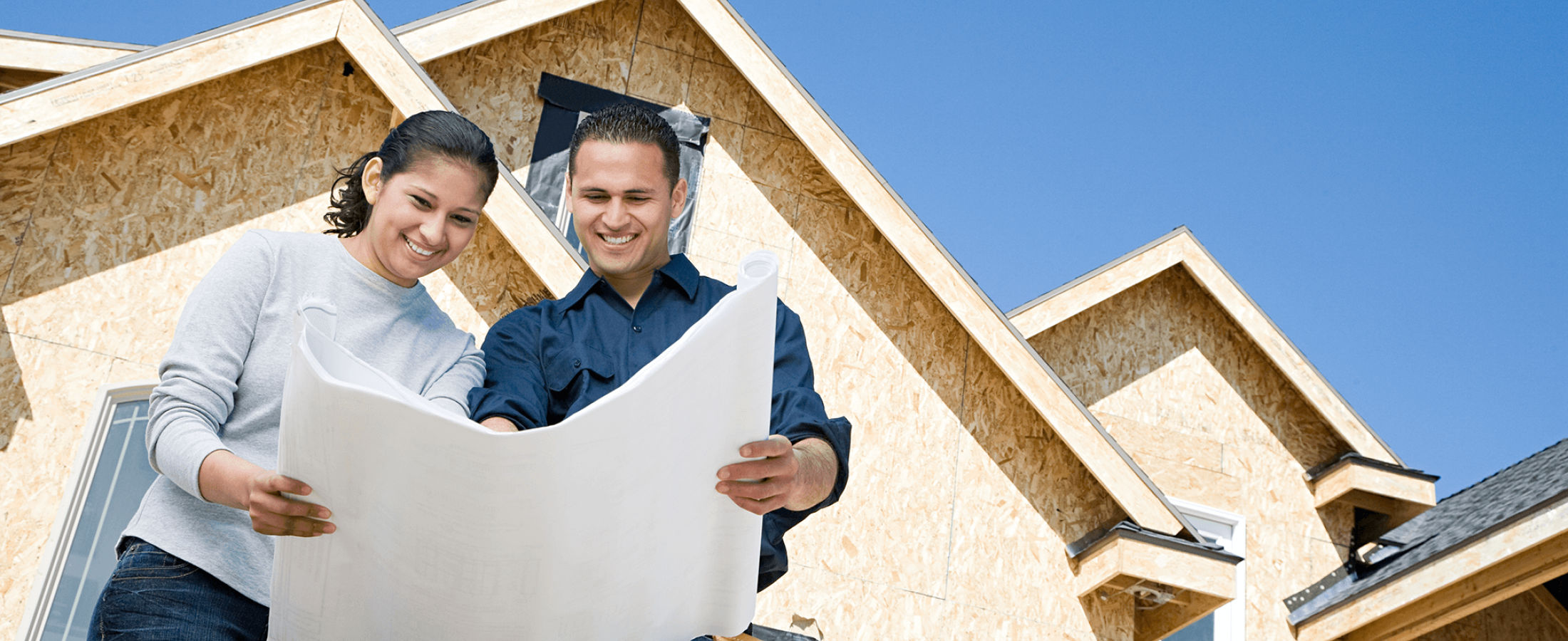
What you should know before building your own home
If you’re considering building your own home, be prepared with a plan to minimize any issues or complications during the process. According to Forbes, the average cost to build a 2,000-square-foot home in New York state is $360,180, excluding plot and land development costs and amenities such as garages and decks.
The cost of building a home may vary depending on the materials, labor costs, and region you’re in. To get a better understanding of the costs, you may wish to consult professional such as a realtor, contractor, or architect.
Before you start building, there are some elements you should consider.
Setting a realistic budget
After you’ve consulted with professionals, put together a detailed budget that should include material and labor as well as lot cost, fees and taxes, landscaping, and more. Make sure to add in some wiggle room in your budget just in case you go overbudget on your custom home. Overestimating costs may help you avoid financial stress. Some ways you can save a few bucks may include:
- Making the square footage of your custom home manageable by creating a smaller floor plan.
- Doing your research on deals for appliances, fixtures, and materials.
- Looking into tax credits for any energy-efficient appliances, materials, and hot water heaters.
- Saving on moving costs to focus on an upgrade or special features for your new home.
Financing your dream home
Adirondack Bank offers construction mortgage loans to help you through beginning and end of your custom home. Our single-close construction-to-permanent mortgage allows you to combine the construction financing and permanent mortgage into one loan, saving you time and money. Interest-only payments are made during the construction phase, then followed by a permanent mortgage with amortized principal and interest payments. For more information, contact a mortgage loan originator today!
Expecting the unexpected
There are features you’ll want on your new home until you see the prices. You may have to compromise and make sacrifices to cut some costs. You may find there are acceptable substitutes that you could eventually update down the road. Ask yourself what you really need now versus what you can save money on to upgrade later.
Building your home
Do your research and look for the best builder, paying attention to the types of homes they build and price ranges. You should also look at references and their experience. Ask for an informal interview with the builder and take note of how long they’ve been in business and if they are licensed and insured. You may also ask about the building process, design plan, timelines, estimates, and budgets.
While you should work with a builder, you’ll need to have a realtor take care of your lot purchase and former home sale, a real estate attorney for closing, and a landscaper. The builder can then determine if the lot space has enough square footage to build your home and if there are any issues such as flood risks.
Creating a timeline
According to the 2019 U.S. Census Bureau report, it takes seven months on average to build a house. This includes permits, construction, inspections, and the unexpected delays such as weather and supply shortages. Think about this – the more custom your home, the longer it takes. If you’re on tight deadlines, consider a simpler floor plan.
Being involved
From start to finish, you should be involved in the entire building process to make sure everything is running smoothly. To stay on time, budget, and plan, regularly communicate with the builder. Other aspects to consider include:
- Tracking your spending.
- Reviewing all invoices.
- Sticking to your decisions. If you change your mind, it could affect the building costs.
- Comparing the progress to the building plans to make sure construction is running smoothly.
- Catching any mistakes early. Make sure the builder takes accountability for any costs fixing the mistake.
- Documenting everything in writing.
Moving into your new home
You should walk through your new home before and after move-in to assess any issues with the builder. Pay attention to all details in your home. This can be anything from paint touch-ups to adjustments to fixtures.
The information in this article was obtained from various sources not associated with Adirondack Bank. While we believe it to be reliable and accurate, we do not warrant the accuracy or reliability of the information. Adirondack Bank is not responsible for, and does not endorse or approve, either implicitly or explicitly, the information provided or the content of any third-party sites that might be hyperlinked from this page. The information is not intended to replace manuals, instructions or information provided by a manufacturer or the advice of a qualified professional, or to affect coverage under any applicable insurance policy. These suggestions are not a complete list of every loss control measure. Adirondack Bank makes no guarantees of results from use of this information.

